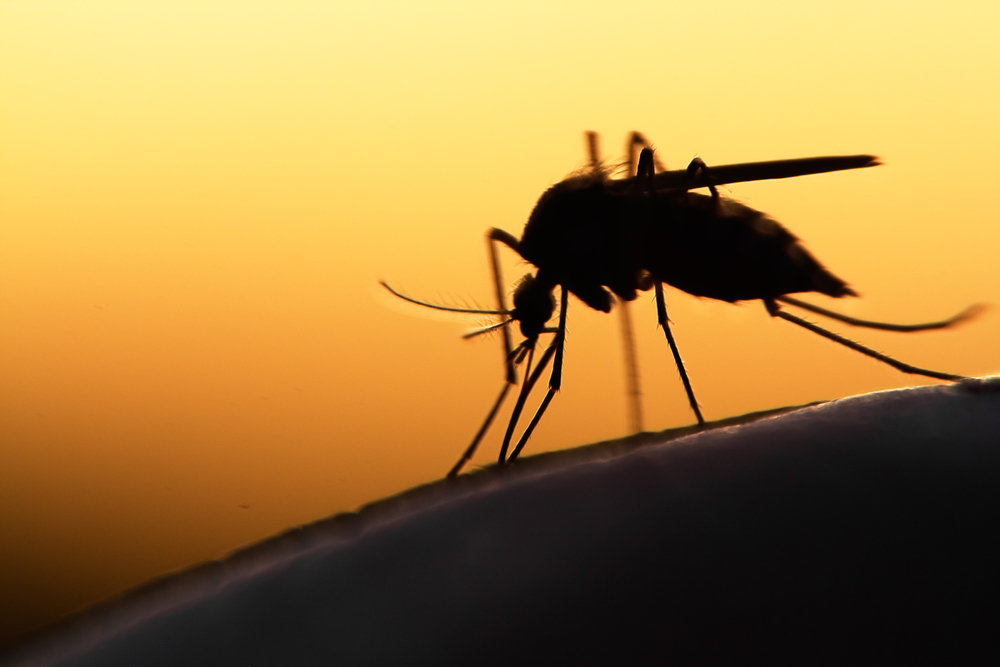
By lighting up the night sky you may be able to rid yourself from irritating and potentially dangerous mosquitoes.
Scientists from the University of Notre Dame have discovered that 10 minutes of exposure to light at night suppresses biting and manipulates flight behavior of Anopheles gambiae mosquito—the major vector for the transmission of malaria in Africa.
The researchers found that various behaviors including feeding, egg laying and flying are time-of-day specific and that mosquitoes have a greater propensity for nighttime biting.
“Anopheline mosquitoes are adapting to these current methods by developing resistance to insecticides and by shifting feeding to earlier in the evening or later into the early morning, times of the day when people are not in bed and therefore not protected by a net,” Giles Duffield, associate professor of biology in the Department of Biological Sciences at the University of Notre Dame and the Eck Institute for Global Health, said in a statement. “So what used to be an efficient method is becoming less effective.
“We need to discover new methods to address mosquito control and prevention,” he added. “The systems and tools we currently have including global distribution and usage of insecticide-treated bed nets and spraying are not enough.”
The researchers separated the mosquitoes into multiple control and test batches to test their preference to bite during their active host-seeking period. The control mosquitoes were kept in the dark and the test batches were exposed to a pulse of white light for 10 minutes.
The mosquitoes were tested for the propensity to bite immediately after the pulse of light and every two hours throughout the night when the researchers held their arms to a mess lining that allowed uninfected mosquitoes to feed while remaining contained.
The researchers found that the light pulses significantly suppressed the biting.
“Most remarkable is the prolonged effect a short light treatment has on their preference to bite, with suppression lasting as long as four hours after the pulse,” Duffield said. “This may prove to be an effective tool that complements established control methods used to reduce disease transmission.”
Duffield concluded that pulses of light would be more effective than constant exposure because the mosquitoes would be less likely to adapt to light presented in periodic doses.
The researchers are now testing the effectiveness of different wavelengths of light, including red light, that would be less disturbing to adults and children.
They also pulsed the mosquitoes with light every two hours and found that biting could be suppressed during a large portion of a 12-hour night.
According to the World Health Organization, an estimated 212 million people worldwide are infected with malaria, resulting in 429,000 deaths annually—the majority of which are children.




